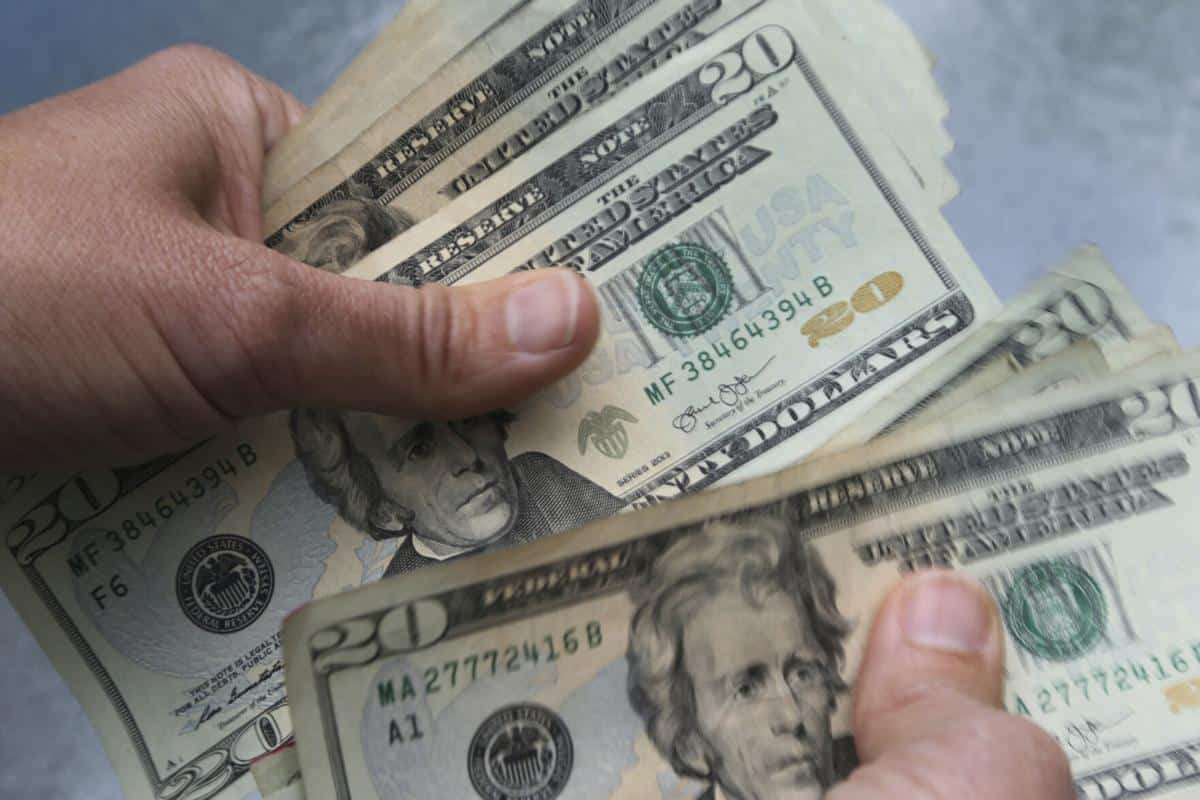Reducing spending in three common budget categories may significantly boost your ability to save money. And a small mental trick could help you stick to an ongoing savings plan.
Those are the findings of two studies investigating the spending habits of better savers and the psychology of saving.
Here’s how to apply these habits to your own budget.
MOVING FROM A ‘LOW’ SAVER TO A ‘MIDDLE’ SAVER
Research conducted by the Employee Benefit Research Institute and J.P. Morgan Asset Management, published in June 2020, aimed to determine why some American adults save more than others, even when they have equivalent salaries.
For long-term employees, across age groups, the study showed that high savers save around 3% more than middle savers. And middle savers save about 3% more than low savers. Here’s how the researchers defined low, middle and high savers:
— Low savers save about 2%-3% of their salary.
— Middle savers save about 5%-6% of their salary.
— High savers save about 9% of their salary, and more as they get older.
THE DIFFERENCE IS NOT A MATTER OF INCOME
It’s often believed that low savers save less because they simply don’t earn enough. However, in this study, middle savers and low savers have “very similar, if not the same salaries,” says Katherine Roy, chief retirement strategist for J.P. Morgan Funds and one of six authors of the study.
“So they’re earning the same, but it seems like the middle savers somehow are able to save 3% more than the low savers,” Roy adds.
And that 3% boost in savings “is huge,” she says. It could explain why the retirement plan balances of employees who are middle savers are almost twice as large as those of employees who are low savers.
BETTER SAVERS SPEND LESS MONEY IN 3 CATEGORIES
Where did low savers spend more of their money than middle savers? Three categories of expenditures, as a percentage of salary, rose to the top:
— Housing, including a mortgage or rent, taxes, utilities, and home services and furnishings.
— Food and beverage, including eating out and groceries.
— Transportation, including the purchase of vehicles, gasoline, train tickets and so forth.
A high cost of living, such as having a home in New York or San Francisco, did not seem to be a factor in why low savers were spending more in these categories than middle savers, Roy says.
Travel was the only category where middle savers spent slightly more than low savers.
In every other category, the two groups spent very similarly. “That would include entertainment, apparel, education, charitable contributions, gifts — those types of things,” she adds.
HOW TO GAIN A SAVINGS ADVANTAGE
Considering your spending over a lifetime in just these three categories can impact your ability to save, Roy says.
In housing expenses, look for so-called subscription creep, where you’ve added several recurring autopay services that are drafted from your checking account each month. Streaming services are a frequent culprit here and can add up.
It’s likely you saved quite a bit in 2020 on expenses related to dining out and travel due to COVID-19 restrictions. Roy says spending in these areas that was typical pre-pandemic but has been on hiatus could offer continuing savings long after.
USE A MENTAL TRICK TO FORM A NEW SAVINGS HABIT
Once you’ve adjusted your spending and can dedicate more to savings, you might want to use a mental trick to form a new savings habit.
Hal Hershfield, associate professor at the UCLA Anderson School of Management, was one of three researchers in a study published in the journal Marketing Science in November 2020. The findings may help you set up a recurring savings plan, where money is automatically moved to a savings or investment account on a regular basis.
“We asked some people if they wanted to save $150 a month,” Hershfield says. “We asked another group of people if they wanted to save $35 a week. And we asked a third group if they wanted to save $5 a day.”
The result: Four times more people were likely to save money when the dollar amounts were presented as daily goals, rather than monthly.
“People think about the types of sacrifices they can afford to give up,” Hershfield says, and “five bucks a day feels a little easier.”
When a savings plan was framed as $150 a month, higher-income people were three times more likely than lower-income savers to participate. But when presented as $5 a day, there was no difference in participation between the two income groups.
The simple psychological shift seemed to close the savings gap between high-income and low-income savers.

